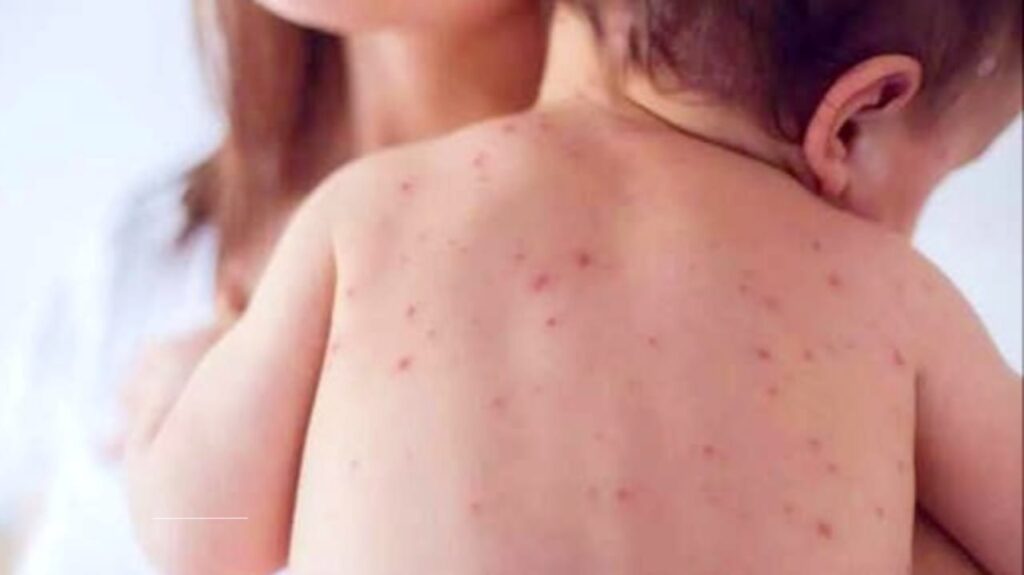
The measles virus, once nearly eradicated, is making a dangerous comeback. In 2023, global cases surged by 45%, with outbreaks reported in over 40 countries, including the U.S., U.K., and India. Public health experts point to a troubling trend: growing hesitancy toward the measles, mumps, and rubella (MMR) vaccine. Decades of misinformation, distrust in institutions, and pandemic-era disruptions to routine healthcare have left millions of children vulnerable. Measles isn’t just a rash—it can cause pneumonia, brain swelling, and death. Yet, vaccination rates have dropped below the 95% threshold needed for herd immunity in many regions.
Why are parents skipping this lifesaving shot? Surveys reveal a mix of fear and confusion. A 2024 study in *Pediatrics* found that 1 in 5 caregivers delay or avoid the MMR vaccine due to safety concerns, often linked to debunked claims about autism. Social media algorithms amplify these fears. For example, a viral TikTok video falsely linking the vaccine to infertility gained 2 million views before being flagged. “Misinformation spreads faster than measles itself,” says Dr. Rina Patel, an infectious disease specialist at Johns Hopkins. “Parents are drowning in conflicting messages, and it’s putting kids at risk.”
The consequences are stark. In Ohio, an unvaccinated traveler infected 85 children in late 2023—82 of whom had no MMR protection. Over half were hospitalized. Meanwhile, Europe saw 42,000 measles cases in 2023, a 30-year high. Low-income countries face even graver risks. Nigeria reported 16,000 cases last year, with children under 5 accounting for 75% of deaths. “Measles is the canary in the coal mine,” warns Dr. Kwame Amponsah of the World Health Organization. “When vaccination rates drop, outbreaks follow.”
The science behind the MMR vaccine is robust. Two doses are 97% effective at preventing measles, a feat achieved by training the immune system to recognize the virus. Unlike older vaccines, the MMR shot uses a weakened live virus, which primes the body without causing illness. Side effects, like a mild fever, affect 1 in 10 children and resolve quickly. “We’ve administered over 500 million doses globally since 1971,” notes Dr. Sarah Lin, a CDC epidemiologist. “The data overwhelmingly confirm its safety.”
Still, rebuilding trust requires empathy, not just facts. In Minnesota, Somali-American communities saw vaccination rates plummet after targeted anti-vaccine campaigns in the 2010s. Health workers responded by partnering with local imams and hosting town halls in Somali. By 2023, MMR coverage rebounded from 42% to 78%. Similar strategies helped Brazil curb misinformation during its 2024 measles surge. “You can’t lecture people into trust,” says Maria Gonzalez, a public health advocate in São Paulo. “Meet them where they are—listen first, then educate.”
Schools and policymakers also play a role. Australia’s “No Jab, No Pay” policy, which ties childhood vaccinations to welfare benefits, boosted coverage to 94%. In contrast, U.S. states with loose exemption laws, like Idaho and West Virginia, have kindergarten vaccination rates below 90%. Pediatricians are adopting new tactics, too. Dr. Lisa Chen, a California-based physician, uses “motivational interviewing” to address concerns. “Instead of dismissing fears, I ask, ‘What have you heard?’ Then we problem-solve together,” she explains.
Technology offers both challenges and solutions. While Facebook groups spread conspiracy theories, apps like VaccinateCA connect families to clinics. Telehealth visits have also made consultations more accessible. During a 2024 measles scare in Chicago, the city used SMS alerts to remind parents about free vaccine drives, reaching 50,000 households.
The path forward is clear but requires collaboration. Clinics need funding to restore routine immunization programs post-pandemic. Tech companies must prioritize fact-based content over sensationalism. And caregivers deserve transparent conversations, free of judgment. As Dr. Patel puts it, “No parent wants their child to suffer. Our job is to make the right choice the easy choice.”
For now, measles remains a preventable threat. The MMR vaccine saves an estimated 31 million lives annually. But as outbreaks multiply, the window to act is closing. “Viruses don’t wait for us to agree,” says Dr. Amponsah. “Every unvaccinated child is a chance for measles to spread—and evolve.” The stakes are too high for complacency.
